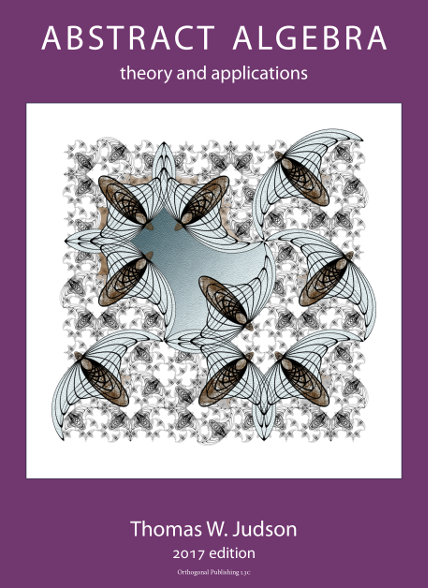ObjectivesGoals
- Define an isomorphism of groups, guided by the desire to show two groups are "the same."
- Verify that isomorphisms associate "same" elements in two groups.
- Verify that isomorphisms associate "same" (sub)groups.
- Use conjugation by an element to build isomorphisms from a group to itself ("inner automorphisms").
- Conceive of the set of self-isomorphisms of a group (automorphisms) as a group in its own right.
